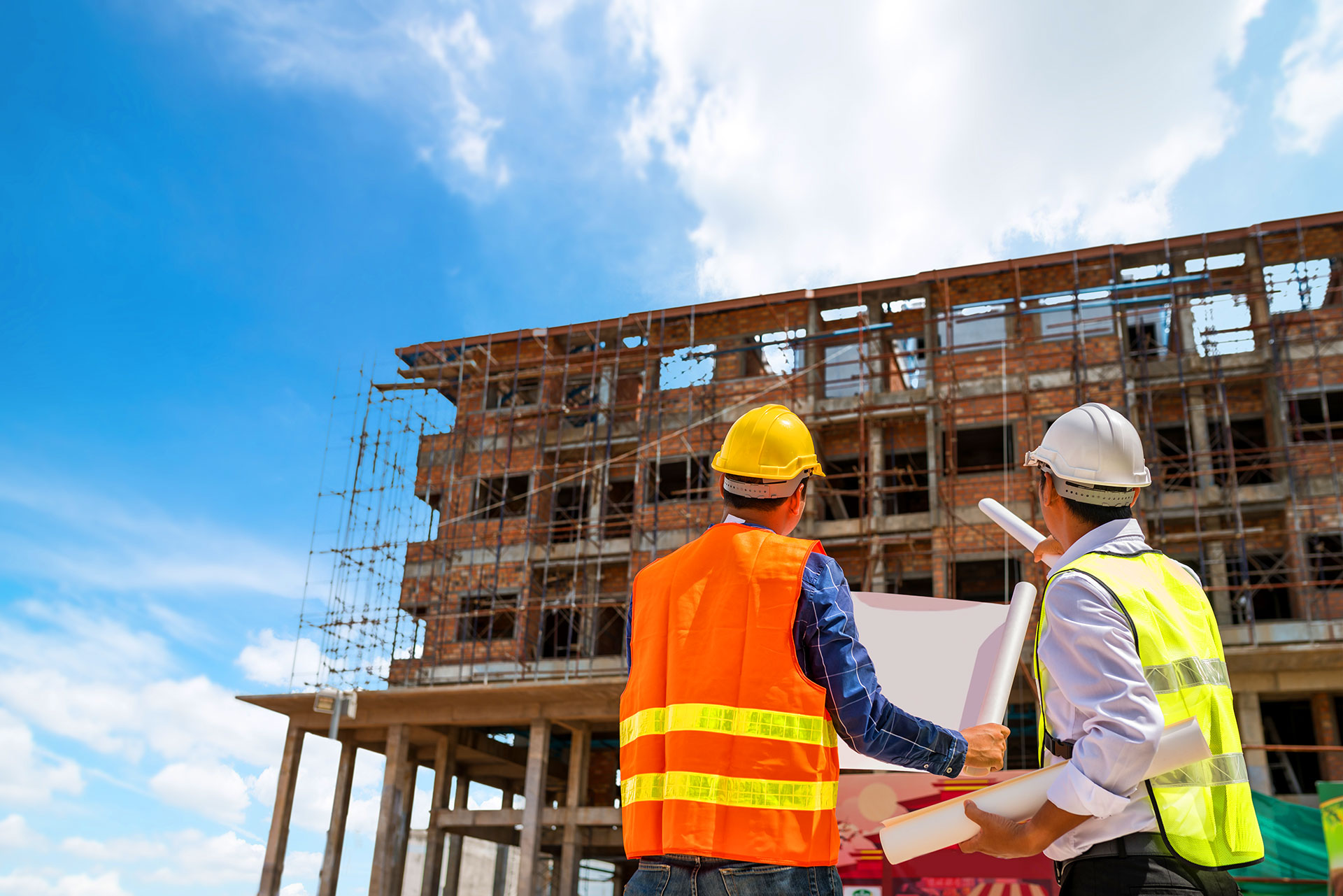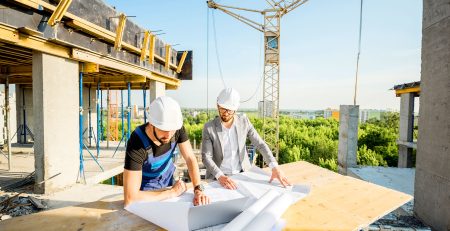What Happens When Floor Systems Fail Safety Inspections
A floor isn’t just something you walk on; it’s part of the building’s backbone. When it fails a safety inspection, the problem runs deeper than appearance or comfort. It signals that something structural, mechanical, or procedural has gone wrong. And when that happens, every square foot becomes a potential risk zone.
Failing an inspection can feel like a setback, but it’s really a warning and an opportunity to fix what’s hidden before it becomes costly or dangerous.
The Immediate Impact
When a floor system doesn’t meet inspection standards, everything stops. Construction deadlines freeze. Facility managers have to halt operations. Liability concerns take center stage.
Inspectors flag issues ranging from uneven load distribution to poor anchoring, corrosion, or improper materials. Even surface irregularities can raise red flags if they pose a slip or trip hazard.
Common failure points often include:
- Structural fatigue in the subfloor or joists.
- Moisture damage that weakens adhesives or causes delamination.
- Incorrect installation, missing fasteners, poor alignment, or uneven leveling.
- Fire or chemical resistance noncompliance, especially in commercial or industrial settings.
It’s not just about failing a checklist; it’s about safety, durability, and compliance with codes designed to prevent accidents or collapses.
The Chain Reaction
Once a floor system fails inspection, the ripple effects can be huge. Insurance claims may stall. Occupancy permits can be delayed or revoked. Repair costs escalate with time as moisture or stress spreads through the structure.
And reputational damage? That’s real, too. For contractors and building owners, failed inspections can slow projects, lose clients, or trigger legal scrutiny.
The smartest response isn’t to panic, it’s to pause, assess, and act.
Correcting the Problem
A failed inspection doesn’t always mean starting over. Many systems can be repaired or reinforced. Engineers typically perform a deeper structural analysis to pinpoint weak zones. Then, materials specialists evaluate whether coatings, resins, or anchoring systems can bring the floor back into compliance.
The process often involves:
- Removing compromised layers.
- Rebalancing load distribution.
- Applying protective or strengthening compounds.
- Retesting under real-world stress conditions.
These steps restore integrity and extend lifespan, often beyond the original performance expectations.
Prevention Beats Correction
The real secret to passing every inspection? Preparation. Floors that last are built with precision and tested against the right standards from the start. Regular maintenance, checking for moisture, cracks, and wear, prevents most failures long before inspection day.
A safe floor system isn’t just about materials. It’s about how each element works together under pressure, time, and use.
Conclusion
When a floor system fails inspection, it’s not just a failed test; it’s a call to strengthen the structure, the process, and the oversight behind it.
Because in the world of construction, the floors we walk on are only as strong as the systems beneath them. And getting that right means keeping every step safe for years to come.











